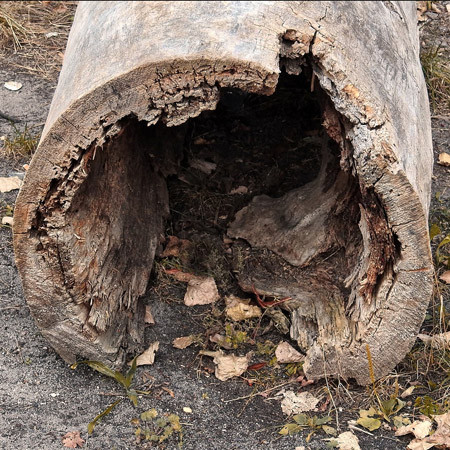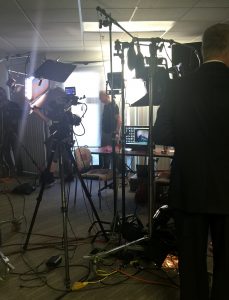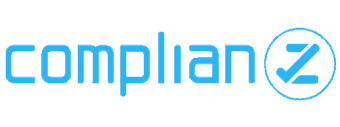Banishing the Wooden Lead: Three Ways to Make PR Writing More Engaging
One of the worst sins when I was in journalism school was to write a “wooden lead.” The grizzled—or should I say seasoned—editors who taught newswriting and editing at the University of Oklahoma would scowl at empty words at the top of a news story, crossing out one, two or even three dull opening paragraphs, and say, “There’s the lead,” pointing to the original fourth graph.
I was in J-school when journalists were reporters, not “content developers,” and the only way to access their work was through words printed on paper that you pulled from a newsstand for a quarter. But my old editors’ advice remains relevant—and is the key to making public relations writing stand out.
A wooden lead is an empty lead that fails to tell what is new and interesting. “The city council met in their chambers with 20 citizens in attendance on Tuesday.” Well, why did they meet and what did they do? Or “The parade was grand and exciting.” What exactly was grand and exciting about it? Provide details—as vivid (and accurate) as possible—to show readers how and why it was exciting.
My memory of the disgrace of a wooden lead followed me through my career in journalism and public relations, pushing me to dig deeper for interesting details.
Public relations professionals would be well served to spot and banish “wooden” openings from everything we write. Press releases, pitches, commentaries, social media posts and even client memos all should aim to intrigue readers from the first words. If you don’t have the nagging memory of a grumpy and slightly intimidating editor crossing out blocks of words and forcing you to find more engaging details, you can look for the signs of wooden prose and fix it yourself.
The most common wooden lead in public relations is the “pleased to announce” lead, or its equally dull cousin: “excited to announce.” These are so common that a quick search of a press release distribution site and the phrase “pleased to announce” quickly pulled 2.6 million results. It’s so common that I’ve been told by other PR people that this is what press releases are supposed to look like. But it doesn’t have to be. Why is our organization or our client “pleased to announce” this thing we’re announcing? What is important, exciting or pleasing about it? You can always find a better lead by taking just a moment to answer those questions. Make sure that you don’t leave the engaging details buried in the fourth graph or forget to include them at all.
Occasionally, “pleased to announce” may be the best approach, for instance when issues management puts constraints on what can be said. Usually, opening with that phrase is a signal that we can do better.
Some tips for finding an engaging opening that is good for advancing your earned media strategy, building credibility for your cause or creating a social media post people will want to read:
- Watch your own reaction. As you review the draft and background material, look for details that are interesting that make you perk up a bit when you consider them. If it engages you, it will engage a reader or a journalist whom you are pitching for coverage.
- Press yourself to find the telling facts. What, specifically, makes this announcement exciting? Why is the newly appointed leader so important to your work or your client’s work? Facts say more than empty adjectives.
- Keep digging. Don’t settle for a generic template announcement or social post. Dig for what’s new, unique or insightful about the topic. That could involve a deeper dive into background materials, an internet search or some well-considered questions to the client.
It may take you a few extra minutes to find the details and the language that work better than the dreaded wooden lead, but it’s worth it to sharpen your craft and create communications that accomplish your goals.



